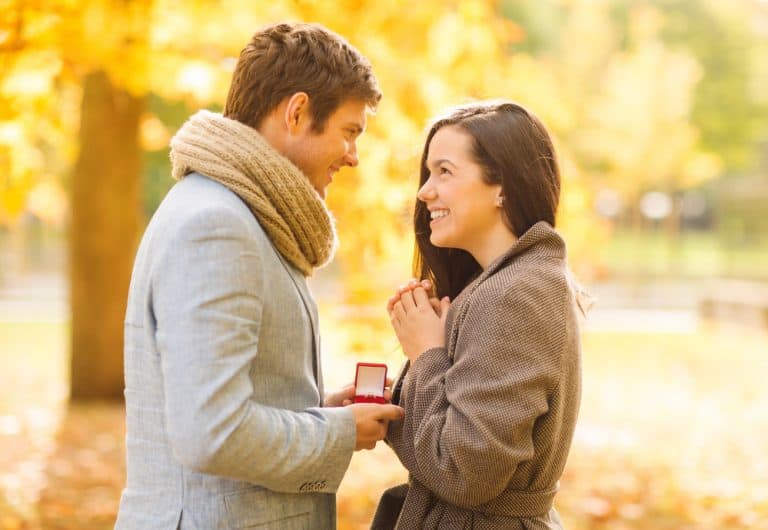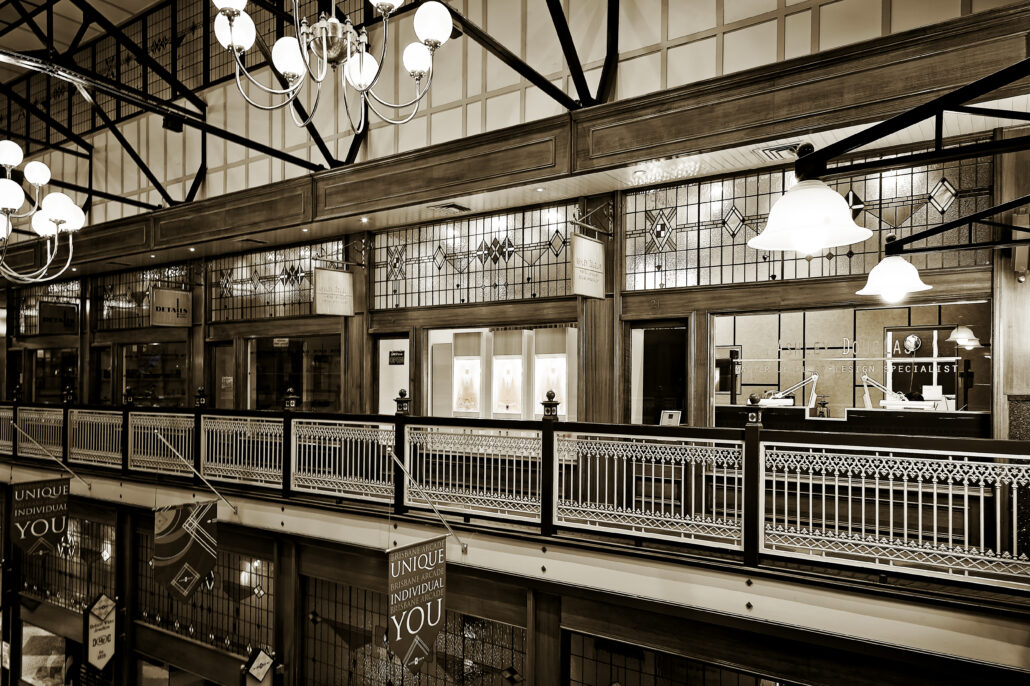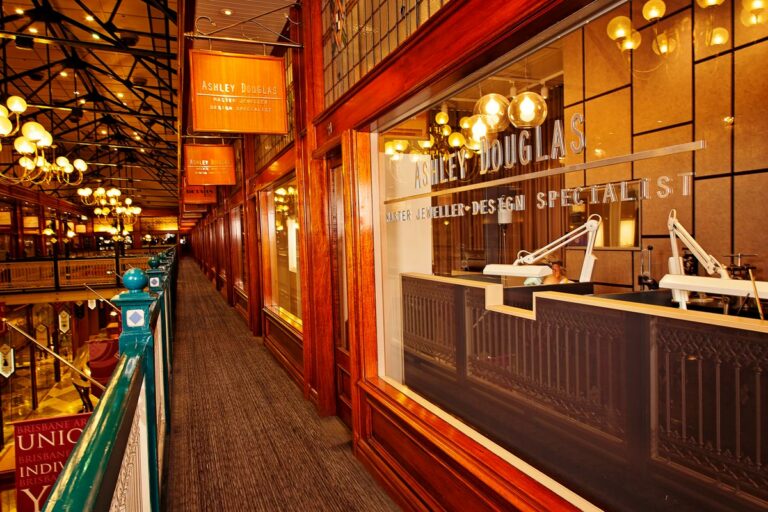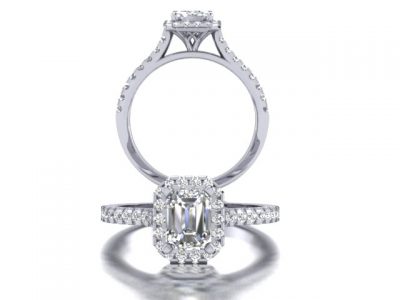There are a lot of elements to consider when choosing an engagement ring or designing an engagement ring. Band, stone and cut are the most considered factors, however you must also consider clarity, colour, setting and carat. Over the months or years, your partner may have hinted they would love a solitaire ring – which went straight over your head, until now. Or you may have been instructed to get a 1-carat ring. This is good information, as it shows what the person considers most important – in this situation it is the size of the diamond.
If you need further help designing an engagement ring, Ashley Douglas have a special program to show your vision come to life, allowing you to make edits to ensure you love it from plan to proposal.
If your partner is very independent, determined and likes to make all the decisions, you may go shopping together to choose a ring, or she might show you one she loves. In this case, it is still important you understand what quality and features you are buying, as you should get it insured, or incase it goes missing and you want to get it replaced. Whatever situation you are in, here are some guidelines and recommendations you will need to buy the perfect ring.
Please note, Ashley Douglas offer insurance valuations for all our clients. It is recommended for purchases over $2,000.
If you want the proposal to be a surprise, there is a little digging you must do. It also helps if you know your partner well enough to choose something they will love.Start by checking out out the jewellery (if any) she normally wears. Here are a few tips:
1. Look for the type of gold she wears i.e. yellow or white
This will help you determine what type of gold to choose. Then you must decide the quality of the gold. 18 kart is ideal, however 14 karat is also common. The higher the karat the more yellow, bright and shiny it will be.
2. Is her jewellery normally flashy and sparkly or is it simple?
Flashy may mean more than one diamond/stone or something out of the ordinary and real fancy. Simply may mean solitaire (one diamond/stone).
3. Does she take her jewellery off often, or at all?
If you are leaning towards white gold, and you notice she wears her jewellery everywhere, consider platinum as it is more durable.
4. Traditional and classic or unusual and vintage?
Traditional and classic = solitaire diamond
Unusual or vintage = antique, but not necessarily a diamond. Also consider Sapphire, Emerald and/or Ruby.
Band:
If you notice she doesn’t wear that much jewellery – you could decide the gold type based on skin tone, as mentioned in ‘different types of gold and metal for jewellery’. If she has a fair complexion – white gold or platinum are more suitable. White gold is plated with other metals to make is stronger, but this can wear off over time. Some jewelers re-plate their rings when necessary – some do it for free (ask about this before purchase if it is important to you). Also consider platinum as it is very strong and durable for everyday wear, however it can become dull after time. If she has olive to darker skin – yellow gold is the perfect choice – 18 karat is most suitable.
Setting:
Now have a think about her personality and social life to determine the setting style. The most common settings are: Bezel (suitable for significant activity), invisible, prong (most common, especially in solitaire), channel, pave, cluster and bar (photos beside for each).
Diamond or other stone:
Diamond is the most common stone in engagement rings. Many would suggest, the larger the diamond the better, however this is determined by personal preference – quality vs size (unless budget is not important). The stone used in an engagement ring is the feature of the piece. You can have one stone (solitaire), three stone (trilogy) or more diamonds such as diamond bands (depending on budget). Other popular stones to use in engagement rings include: Sapphire’s and Rubies.
Colour:
Diamonds of lower quality show a yellow tinge, and higher colour grade/quality diamonds are colourless. This is measured by the colour of the diamond on a scale from D (best quality, rare) to Z (light yellow). This is important in general, however very important in large high set diamond rings as the lower the colour grade the more noticeable the yellow tinge in the diamond. The recommended grade for an engagement ring is E-H.
Cut:
The cut of the stone is also important – round/circular stone cut is called brilliant, which is the cut that shows the most sparkles – very important to some. Other popular cuts include: princess cut (square), cushion (rectangle with rounded corners), pear, radiant, marquise, emerald and oval. Different cuts looks better than others, depending on finger and hand sizes.
Clarity:
Diamonds and gemstones are a natural product; therefore they may have some imperfections. A perfect looking diamond clarity wise will be more sparkly and essentially have a better clearness than a diamond with lots of imperfections. The clarity scale is: F1 (flawless – very rare), VVS1-2 (very very slight imperfections), VS1-2 (very slight imperfections), SI1-2 (slight imperfections) and I1-3 imperfect. Before purchase, ask to look at the ring/diamond with the magnifier to look for imperfections as many VVSI –VSI are difficult to find with the naked eye.
Carat:
A carat, is the size of the diamond, not to be confused with the quality of gold which can also be referred to as carat or karat. The larger the carat doesn’t necessarily mean the most expensive, as the cost is also based on colour, cut and clarity. For example a 1-carat diamond with a M-colour and SI1 may be a similar price to a .5 carat with a H-colour and VSI2.
The current trends in engagement rings are:
– The more diamonds the better: image (diamond surrounded by diamonds on a
diamond band
– Solitaire ring with diamond band
– Solitaire (brilliant or princess) is the most classic where cut, colour and clarity are
most important
– Solitaire ring with diamond band with a unusual diamond cut –
– Mix of diamonds and other stones on a plain band
For more information on engagement rings, or to schedule an appointment call us on (07) 3012 8112.
















